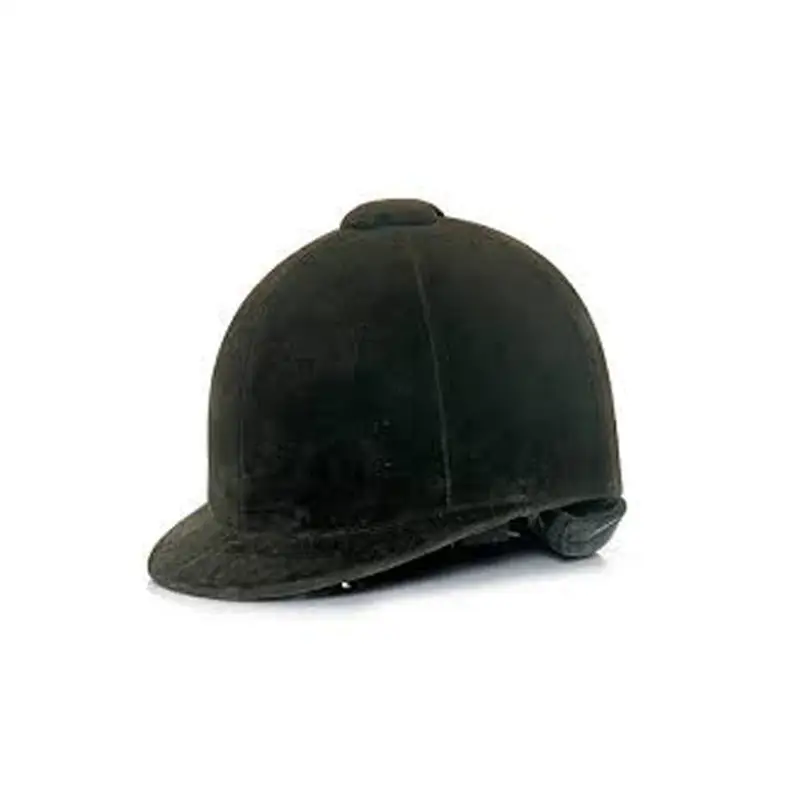Safety helmets, also known as hard hats, are crucial personal protective equipment (PPE) designed to protect the head from potential hazards in various work environments. Here are some essential considerations when it comes to safety helmets and how they can help protect your head in hazardous situations:
- Regulations and Standards: Different industries and regions have specific regulations and standards governing the use of safety helmets. It’s essential to ensure that the helmet you choose complies with the relevant standards in your area. Common standards include ANSI/ISEA (in the United States) and EN (European Norm) standards.
- Helmet Types: There are various types of safety helmets designed for specific applications. These can include construction helmets, industrial helmets, and firefighting helmets, among others. Each type is tailored to protect against the unique hazards associated with the respective work environment.
- Materials: Safety helmets are typically made of rigid materials such as high-density polyethylene (HDPE) or fiberglass. Some models have a suspension system inside the helmet to provide a comfortable and secure fit. Look for helmets that are durable, lightweight, and capable of withstanding impact and penetration.
- Helmet Color: Helmet color can serve a purpose. In many industries, different colors may denote specific roles or responsibilities. For example, a site supervisor might wear a different color helmet than regular workers to make them easily identifiable.
- Proper Fit: A well-fitting helmet is essential. It should sit snugly on your head without being too tight. Most helmets have adjustable suspension systems to accommodate different head sizes. A good fit ensures that the helmet stays in place during work activities.
- Chin Straps: Many helmets come with chin straps to secure the helmet in place. Chin straps are especially crucial when working in situations where there’s a risk of the helmet falling off, such as working at heights or in windy conditions.
- Protection Against Impact: Safety helmets are designed to protect the head from falling objects, bumping into overhead objects, or accidental head contact with equipment and structures. They are often tested for their ability to absorb impact energy.
- Protection Against Penetration: Helmets can also protect against penetration by sharp objects. Look for helmets with a reinforced shell that can resist puncture.
- Electrical Resistance: For those working around electrical hazards, helmets should be electrical-resistant and provide protection against electric shock. Check for the appropriate electrical resistance rating based on your work environment.
- Sun and Heat Protection: In some cases, helmets may come with accessories like sun visors or neck shades to protect against sun exposure and heat. These can be especially important for outdoor workers in sunny climates.
- Maintenance: Regularly inspect and maintain your safety helmet. Check for cracks, dents, or other signs of wear and tear. Replace the helmet if it shows any damage. Clean the helmet as needed, but use mild detergents to avoid damaging the material.
- Stickers and Paint: Avoid applying stickers or paint to the helmet unless they are specifically designed for such use. Some adhesives or paints can weaken the helmet’s material and reduce its protective capabilities.
- Training: Proper training on the correct usage of safety helmets is vital. Workers should know when and how to wear their helmets, as well as how to properly adjust the fit.
Remember that safety helmets are just one part of a broader safety program. It’s essential to follow all safety procedures and guidelines relevant to your work environment to minimize risks and ensure your overall safety.


